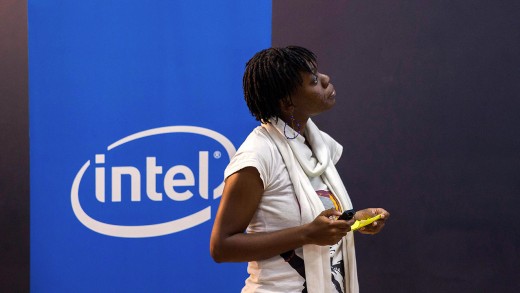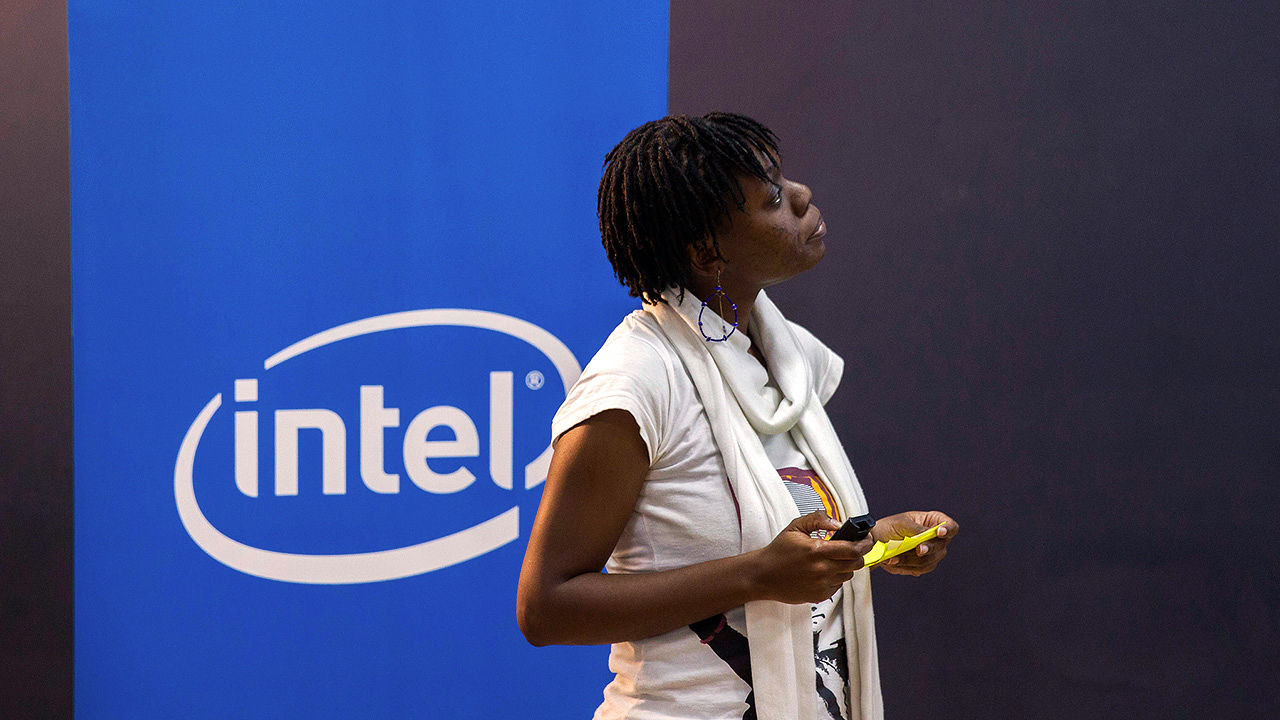Intel Launches investment Fund For Startups Led by means of women And Minorities
The fund objectives to speculate $125 million over the following 5 years.
June 9, 2015
Intel supplier, the Silicon Valley chip maker and tech large, launched today the Intel Capital diversity Fund, which over the following 5 years will make investments $125 million in companies led through women and underrepresented minorities.
The fund, with a view to be run by Intel Capital, the corporate’s funding arm, will vet candidates in accordance with the demographics of their executive group, in addition to their total diversity efforts and their product’s strategic match with Intel.
“Intel Capital invests tens of millions of capital per year into strategic small startups,” Intel president Reneé James told fast company. “We mentioned, if we’re going to make these investments anyway, we must use our cash for good, and put a part of that into businesses led by minorities [that focus on] technology areas we want to put money into. people aren’t doing that.”
in line with the newest to be had information, just 1% of challenge-backed startups are led through a black founder, whereas firms with a girl CEO obtain three% of VC bucks.
whereas it didn’t specify investment amounts, Intel additionally unveiled the fund’s first 4 portfolio corporations: Venafi, a female-led cyber-safety startup; Mark One, absolute best identified for its biometric Vessyl cup, whose executive leadership includes an Asian-American CEO and three African-American VP’s; CareCloud, a developer of cloud-primarily based health care device founded via a Hispanic male; and Brit + Co., the feminine-targeted DIY blog and platform founded by using Google alum Brit Morin.
the new fund comes on the heels of Intel’s $300 million range initiative introduced prior this yr, through which the corporate pledged to bring its U.S. team of workers to “full representation” of the to be had pool of minority and female ability through 2020. Intel has made strides toward that intention: It stated last month that forty one% of its hires this yr had been of “diverse” backgrounds compared to final yr’s 32%. Of Intel’s senior hires within the first quarter of 2015, 17% had been underrepresented minorities and 33% had been girls (up from 6% and 19% closing 12 months, respectively).
Intel also appears to have long gone beyond its rapid firm-particular goals—as a up to date fast company function had hoped it would—to also focal point on constructing a pipeline of minority and feminine tech skill, as a way to have a extra expansive affect on the social ecosystem of Silicon Valley. In could, for instance, it introduced a partnership with the Oakland Unified faculty District in California, which is 38.5% Latino and 30.8% African-American, through which Intel will invest $5 million over the subsequent 5 years to increase the computer science curriculum for high school students, with the purpose of sending 600 graduates to university to tackle STEM-related majors.
Ideally, the diversity fund can have a similar impact: ensuring that ladies and minorities have get admission to to the same resources and opportunities as the rest of the tech industry, which is well-networked and overwhelmingly white and male. “We’re now not forcing diverse-led corporations to vie with non-diverse led companies for the same bucks for investment,” says James. “So now not handiest are we going out and in search of [diverse entrepreneurs] … we now have in reality stated, that $one hundred twenty five million is earmarked for investments in corporations that are led in a various method.”
Lisa Lambert, vp at Intel Capital and who may also oversee the brand new fund, believes it represents a new paradigm for the undertaking-capital trade and how tech investments are made. Lambert’s team of investors, for example, is primarily comprised of girls and minorities.
“The VC companies which might be doing investments as of late come from a demographic team [in which] their networks look like them, and replicate their values,” Lambert says. “That variation works for them, so they preserve repeating it. the problem is that the model would not include the broader society.”
(132)














